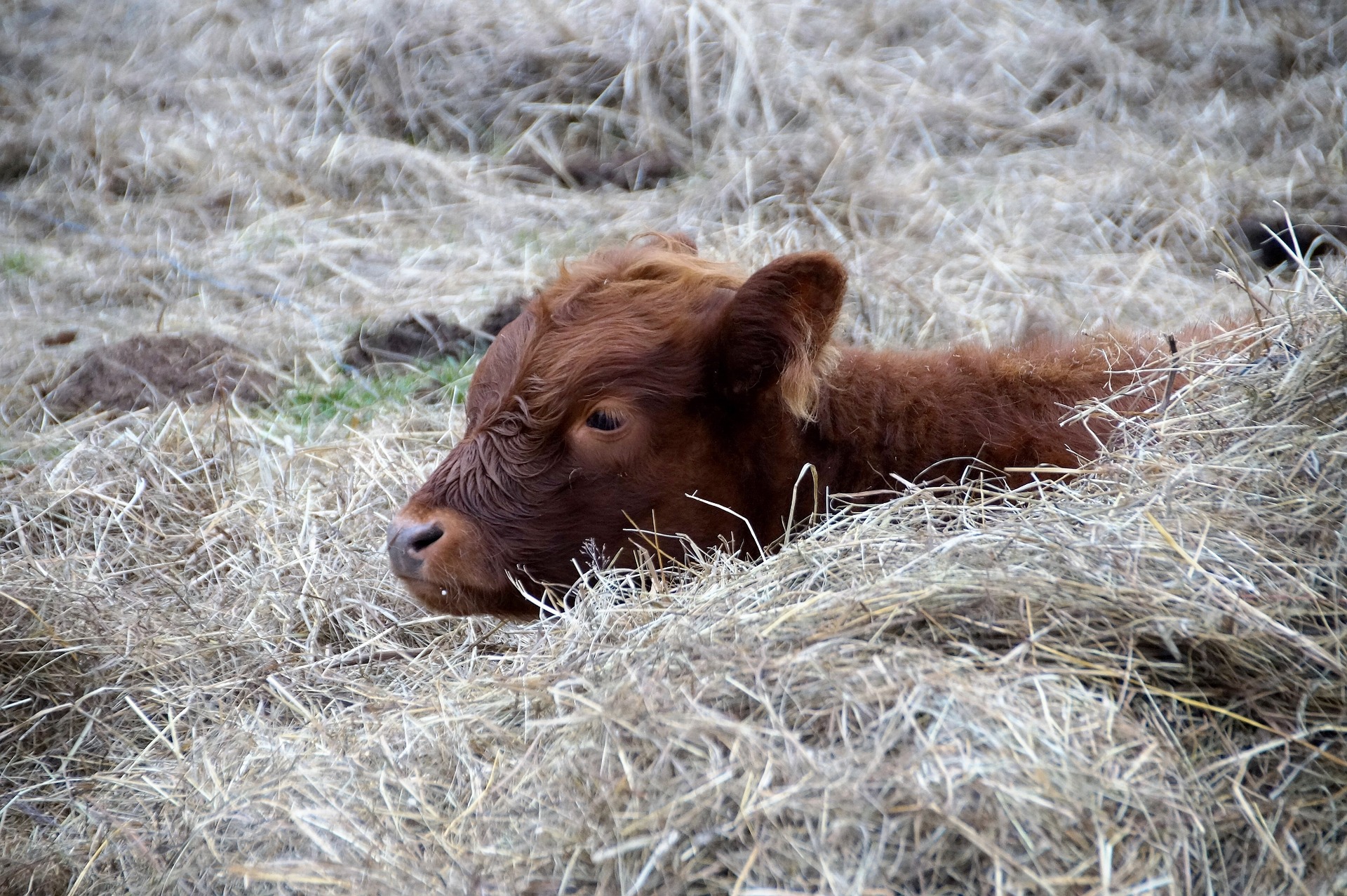Making the most of testing for calf respiratory disease

Identifying causal pathogens
When presented with an acute outbreak of respiratory disease, there are several options for identifying the causal pathogens:
Nasopharyngeal swabs: Simple and best first approach! Guarded swabs should be taken from at least two to three acutely affected, pyrexic animals with a clear nasal discharge. Swabs should be placed into virus transport medium and submitted for respiratory PCR (detecting IBR, PI3, RSV, bovine coronavirus Mycoplasma bovis, Mannheimia haemolytica, Pasteurella multocida and Histophilus somni). Note that the Pasteurellaceae are commensals of the upper respiratory tract, therefore their presence should be interpreted with caution in NP samples.
Serology: A good second line. Seroconversion takes around two to three weeks, therefore comparing titres from the same animals in the acute phase and convalescent phase (three weeks later) can show seroconversion to the pathogens involved. Prior exposure and vaccination can lead to seroconversion, so single serological testing are challenging to interpret.
Bronchioalveolar lavage: Technically more complex. BAL fluid can be sent for respiratory PCR and will reflect pathogens present in the lavaged lung. Cytology of BAL fluid for presence of eosinophils is supportive of the presence of lungworm.
Post mortem examination: Always very useful of the opportunity arises, even if only for farmer education! Ideally samples should be taken from acutely affected animals. Post mortem samples should include tissue/swab from edge of lesion for bacterial culture, 1cm cube of tissue for respiratory PCR, and several sections of representative lung in formalin for histopathology. Where chronically affected animals as samples, initiating viral pathogens may be overlooked.
A pragmatic approach to sampling in an outbreak may be to take nasopharyngeal swabs for respiratory PCR and initial serum samples for paired serology at the first visit. Further testing/convalescent sampling can then be carried out as indicated by results or response to initial management.
Respiratory disease investigation
Investigation of respiratory disease should not solely be a ‘pathogen hunt’ but encompass a wider review of predisposing factors in the group of animals.
- In calves, factors which lead to failure of passive transfer, such as dystocia, being born to a heifer, or poor dam nutrition will lead to poor resilience of the calf to disease challenge
- The period when maternal immunity is waning around twelve weeks of age is also a risk period for pneumonic disease
- Previous episodes of pneumonic disease will then predispose older animals to recurrence of disease
- Poor calf nutrition, concurrent disease (e.g. BVD), stressors (weaning, handling, transport, surgery, etc.) as well as group mixing, especially in purchased animals from multiple sources will all predispose animals to disease
- In housed animals assessment of ventilation (see technical note below) is essential
- Ensuring any vaccination protocols were carried out in a timely manner with correctly stored and administered products is a pertinent check
Following investigation, identification and control/mitigation (where possible) of the risk factors within individual farm systems is an essential part of reducing the incidence of pneumonic disease.
Further information:
Technical note on cattle housing ventilation. Available at: https://www.fas.scot/
Respiratory disease investigation in https://www.sruc.ac.uk/media/sjzo4wft/srucvs-sampling-guide.pdf p20, 62 & 63
Posted by SRUC Veterinary Services on 14/11/2023
